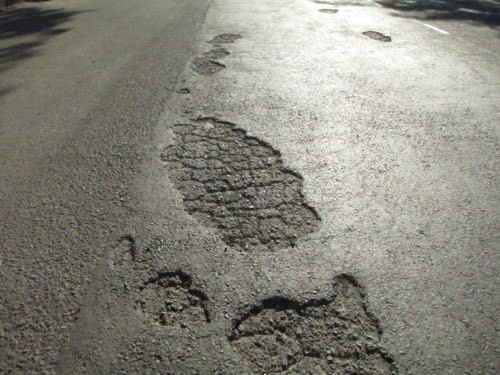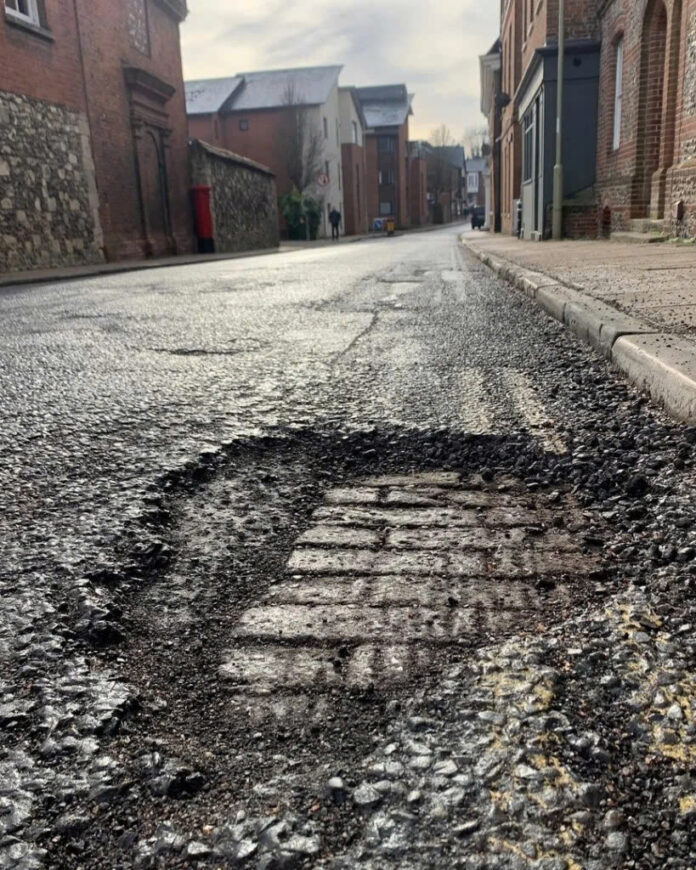A remarkable discovery on Winchester’s Hyde Street has unveiled a fascinating piece of urban history – a 200-year-old wooden road that tells a compelling story of innovation in city planning and noise reduction during the 19th century.
The Challenge of Noisy Streets
In 19th century Winchester, the growing population brought an unexpected challenge: the constant noise of horse-drawn carriages. As the city expanded, Hyde Street, a major northern route, became particularly problematic. The sound of iron-rimmed wheels and horse hooves on traditional stone streets created an unbearable cacophony for residents and pedestrians alike.
An Innovative Solution from Russia
The Saint Petersburg Inspiration

Taking inspiration from Saint Petersburg, Winchester’s city planners implemented an ingenious solution: wooden roads. These weren’t simple wooden planks, but rather sophisticated constructions made from durable timber blocks, typically pine or oak, chosen specifically for their sound-absorbing properties.
Advanced Construction Methods

The wooden blocks were coated with bitumen, serving a dual purpose – waterproofing the wood and protecting it from degradation caused by horse urine and environmental factors. This coating also created a smoother, quieter surface that effectively reduced traffic noise.
A Global Trend in Urban Planning
Winchester wasn’t alone in this innovative approach. Major cities including London, New York, and Paris also adopted wooden roads to combat urban noise. London, in particular, embraced this solution extensively in its busiest districts, where noise reduction and horse hoof preservation were primary concerns.
The Evolution of Road Construction
The Macadam Revolution
The era of wooden roads eventually gave way to “Macadam” roads, invented by Scottish engineer John McAdam. This new system utilized compressed layers of crushed stone, offering improved durability and wear resistance.
The Birth of Modern Roads
The next significant advancement came with Edgar Hooley’s Tarmac, which combined tar with crushed stone. This innovation created an even more durable surface that could better withstand the emerging age of motorized vehicles.
A Time Capsule Beneath Our Feet

The rediscovery of Winchester’s wooden road serves as more than just a historical curiosity – it’s a testament to the ingenuity of our ancestors in solving urban challenges. This preserved section of Hyde Street offers modern city planners and historians valuable insights into past infrastructure solutions.
Looking Forward Through the Past
This remarkable find demonstrates how historical infrastructure can inspire contemporary urban planning. Winchester’s wooden road stands as a bridge between past and present, showing how innovative thinking in urban design has always been crucial for creating livable cities.

